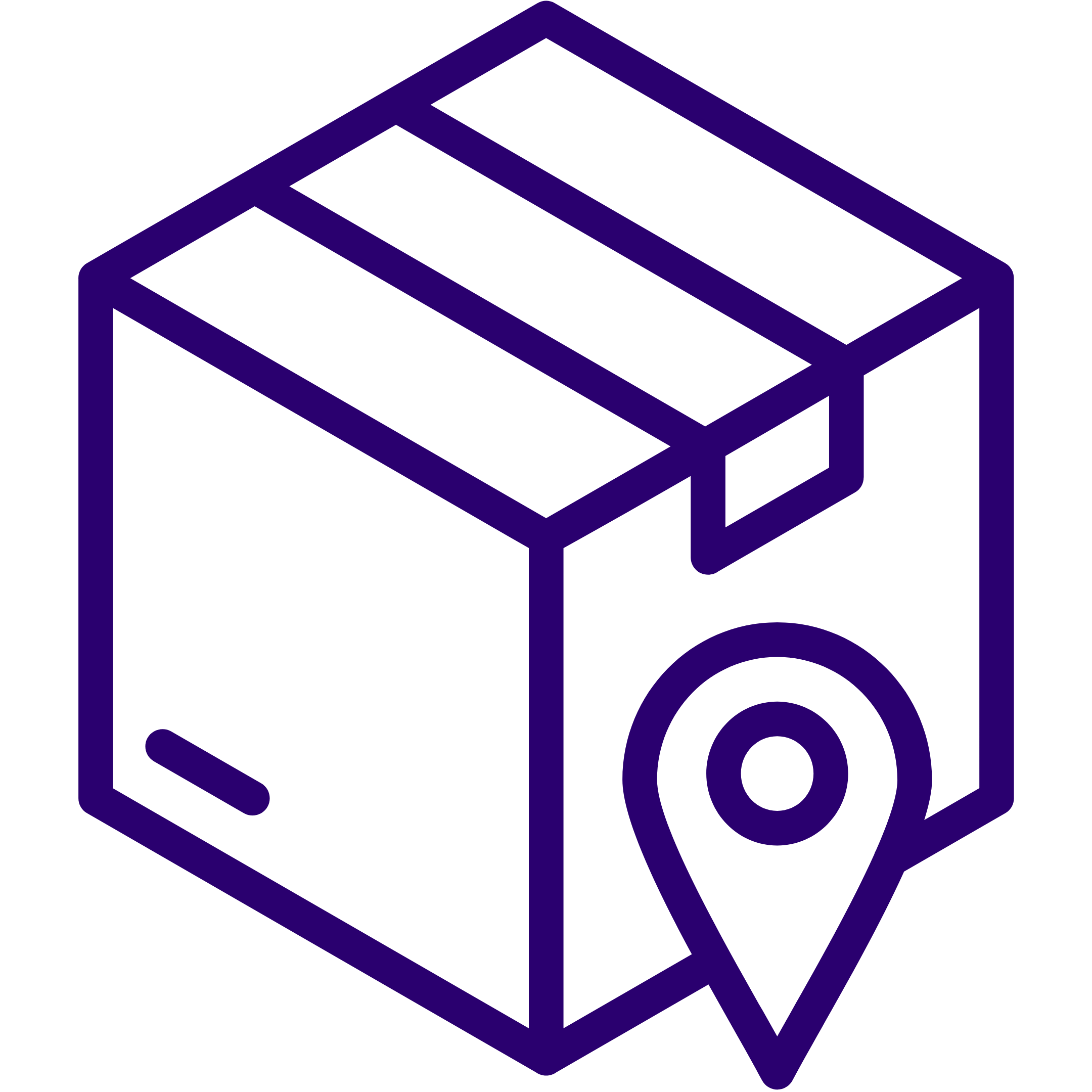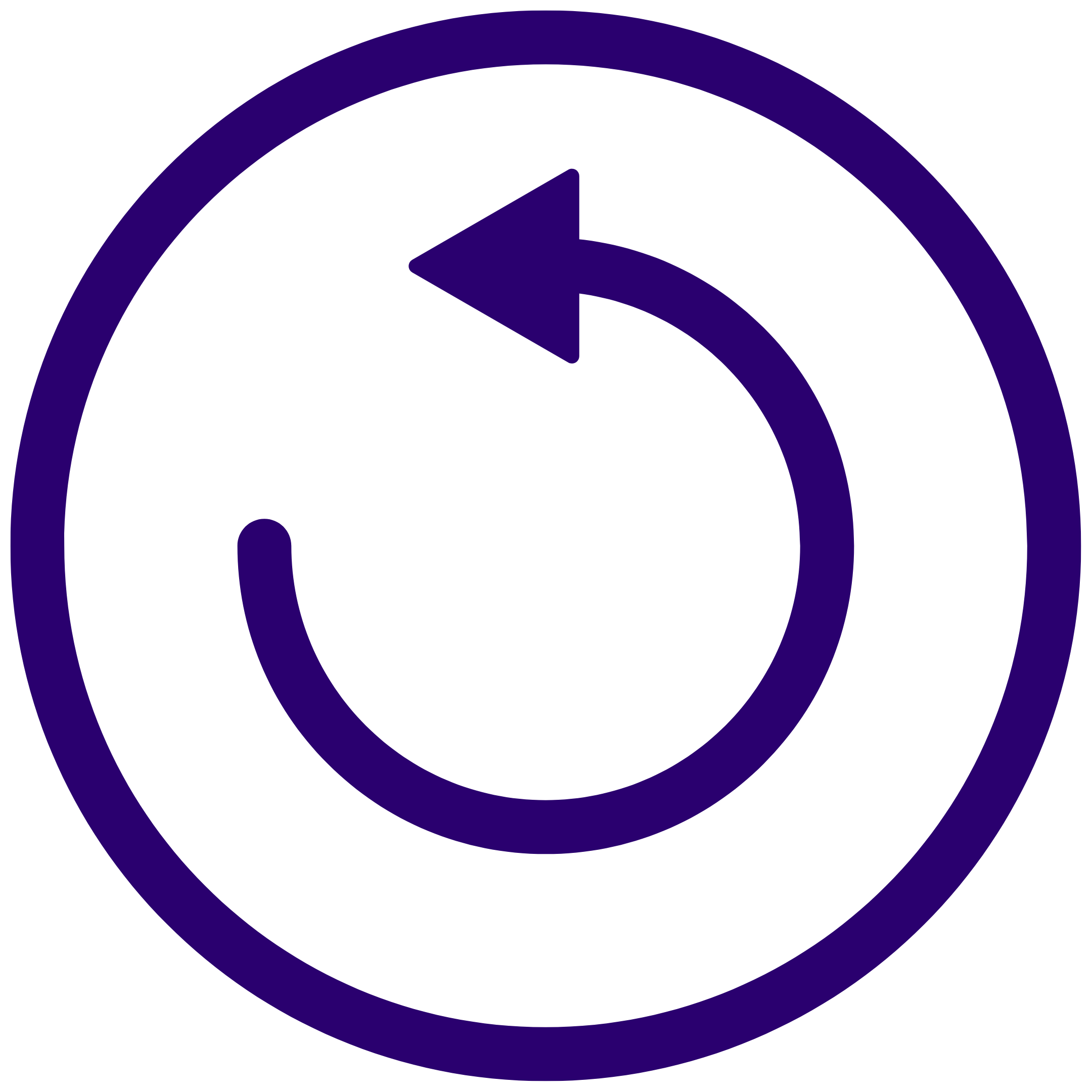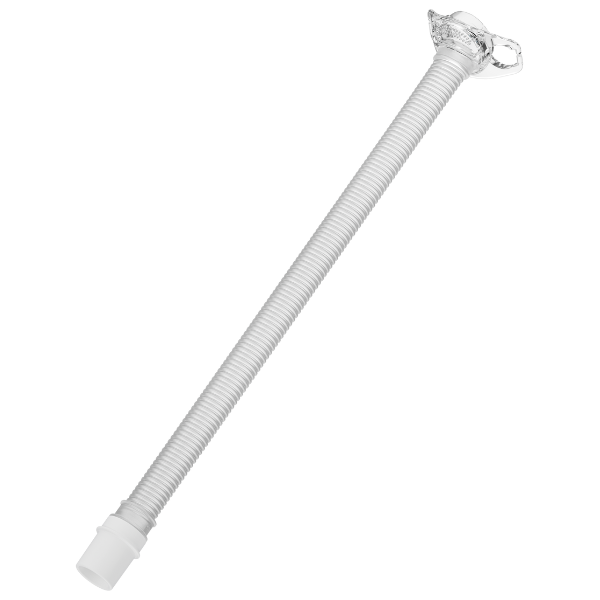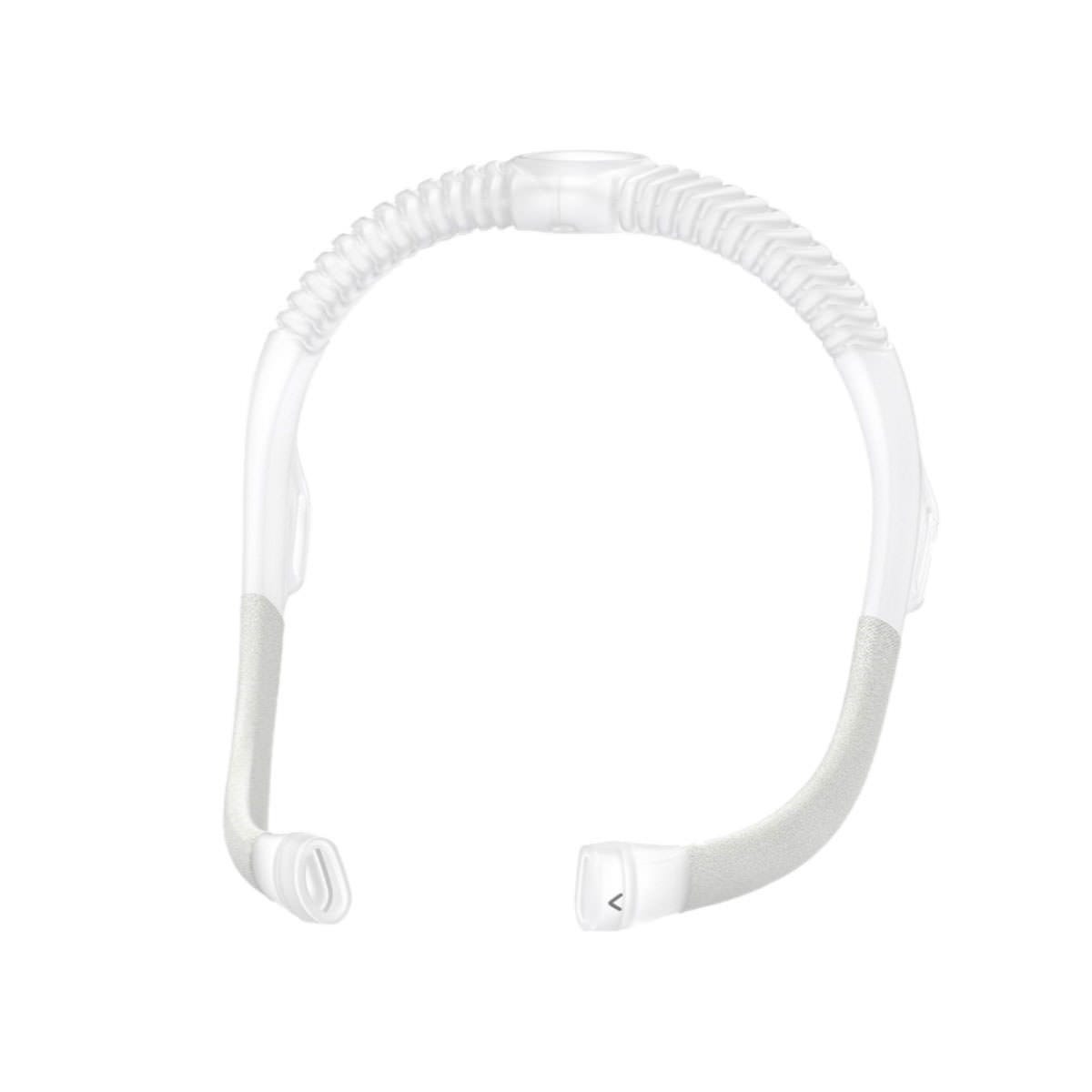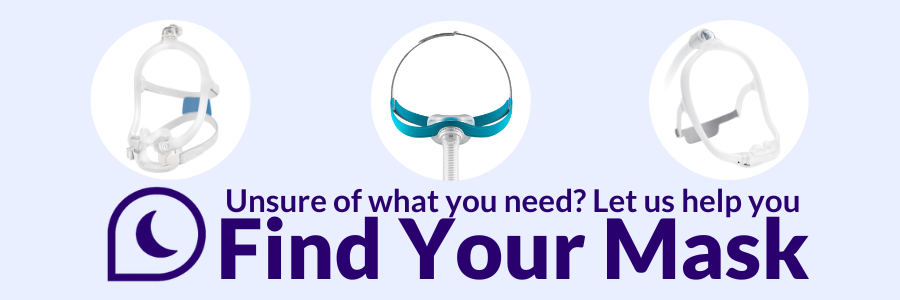Magnet-Free CPAP Masks
Magnetic closures, or clips, were introduced to assist with attaching and detaching your CPAP mask headgear to your mask frame. Simplifying this process by using magnetic clips was an effort to help CPAP users who experience impairments with hand dexterity or vision. Unfortunately, significant risks were revealed after studies showed that these magnetic clips could negatively interact with certain medical implants or devices. These risks could impact CPAP users who utilize, or are in close proximity to individuals who utilize medical equipment such as pacemakers, ICDs, neurostimulators, metallic eye splinters, aneurysm clips, and more.
On this page CPAPsupplies.com has compiled a selection of CPAP masks that specifically do not use magnetic clips for those who need sleep therapy solutions that do not pose a threat or obstruction to other medical treatments, devices, and therapies.
Medical Implants and Devices Impacted by Magnetic Clips
There are a wide variety of potentially adverse events that can occur with CPAP users that use a CPAP mask with magnets or magnetic clips.
Magnets can potentially cause injury or death if they are utilized in proximity to specific metallic medical implants or devices, or CPAP users who are using magnetic clips in close proximity to an individual who has such equipment. Here is a list of metallic implants or devices that can interact harmfully with magnetic CPAP mask clips:
- Pacemakers
- Aneurysm clips
- Embolic coils
- Neurostimulators, magnetic metallic implants, electrodes, and valves placed in upper limbs, torso, neck, or head
- Implantable cardioverter defibrillators
- Cerebral spinal fluid shunts (such as ventriculoperitoneal shunts)
- Metallic stents (such as aneurysm, coronary, tracheobronchial, and biliary)
- Metallic cranial plates, screws, burr hole covers, and bone substitute devices
- Metallic shrapnel in the body
- Metallic splinters in the eye
- Certain contact lenses with metal
- Ocular implants (such as glaucoma implants and retinal implants)
- Implants to restore hearing or balance that have an implanted magnet (such as cochlear implants, implanted bone conduction hearing devices, and auditory brainstem implants)
- Dental implants
- Implantable ports and pumps (such as insulin pumps)
- Intracranial aneurysm intravascular flow disruption devices
Full Face CPAP Masks
Providing a secure, effective seal around both your mouth and nose, full face CPAP masks offer the flexibility to breathe through either, making them an ideal CPAP mask option for mouth breathers, or those that experience frequent nasal congestion or allergies.
Full face masks function to diffuse pressurized air over a wider area, which can make them a more comfortable option than nasal CPAP masks or nasal pillow CPAP masks, especially those who utilize higher pressure settings.
Nasal CPAP Masks
Designed to create a secure seal around the nose without obstructing the mouth, nasal CPAP masks are an excellent option for CPAP users who breathe primarily through their nose. Nasal masks typically offer more flexibility and range of movement, allowing you to actively change your sleep position while maintaining an effective seal.
The minimal contact design of nasal CPAP masks are ideal for CPAP users who experience claustrophobia or generally feel constricted by larger, higher contact CPAP masks such as full face masks.
Nasal Pillow CPAP Masks
Featuring a lightweight, minimalist design, nasal pillow CPAP masks occupy a smaller area of your face than other CPAP mask options.
Nasal pillow masks feature a cushion with 2 flexible nasal pillows that fit comfortably in your nostrils to create a secure seal, allowing for the distribution of pressurized air without covering your mouth. This allows for a wide range of vision and more freedom of movement during sleep therapy.
What CPAP Mask Type is Ideal for You?
Sleeping Position:
- Back Sleepers - Full Face Mask, Nasal Mask, Nasal Pillow Mask
- Side Sleepers - Nasal Mask, Nasal Pillow Mask
- Stomach Sleepers - Nasal Pillow Mask
- Active Sleepers - Nasal Mask, Nasal Pillow Mask
Breathing Style:
- Mouth Breathers - Full Face Mask (Nasal Mask, Nasal Pillow Mask can be used in conjunction with a CPAP mask chinstrap)
- Nose Breathers - Full Face Mask, Nasal Mask, Nasal Pillow Mask
- Both/Unknown - Full Face Mask, Hybrid Mask
Additional Considerations:
- Higher Pressure Settings - Full Face Mask, Nasal Mask
- Experience Frequent Nasal Congestion or Allergies - Full Face Mask
- Glasses Wearer - Nasal Mask, Nasal Pillow Mask
- Facial Hair - Nasal Mask, Nasal Pillow Mask
- Low to Mid Pressure Settings - Nasal Pillow Mask
- Minimal Contact - Nasal Mask, Nasal Pillow Mask
- Claustrophobia - Nasal Mask, Nasal Pillow Mask
Why Choosing the Best Mask Fit is Key
Making certain you find an optimal, comfortable fit for your CPAP mask plays a significant role in the effectiveness, safety, compliance, and overall experience of your sleep therapy. Establishing a secure mask seal prevents pressurized air from leaking between your face and your mask cushion, promoting steady airflow to your upper airway. This helps to eliminate side effects caused by a poorly fit CPAP mask, such as skin irritation, dry eyes, nasal congestion, discomfort, and reduced CPAP therapy effectiveness.
Find more information on the importance of properly fitting your CPAP mask with this helpful blog or our CPAP Mask Fit Guide.
How Do I Choose the Correct Mask Cushion Size?
- Mask Cushion/Nasal Pillow Sizing Guides: Use our helpful Mask Sizing Guide Directory to view, download, and print out any available mask cushion/nasal pillow sizing guide PDFs we have listed. These guides include instructions, tips, and diagrams for finding the perfect mask cushion/nasal pillow size for you.
- Fit Packs & Starter Kits: Many of the CPAP masks we carry are made available in fit packs or starter kits that include multiple mask cushion sizes within the setup pack, allowing you the opportunity to try on each cushion size to determine the most comfortable and secure fit for your needs.
Here is a link to view our selection of CPAP Mask Fit Packs & Starter Kits.
Find Your Mask
Common CPAP Mask Cushion/Nasal Pillow Materials
-
Silicone: Soft and flexible, silicone mask cushions/pillows are highly responsive to sleep position changes throughout the night.
-
Memory Foam: Memory foam offers the softest available cushion/pillow option and effortlessly conforms to your face. However, memory foam cushions/pillows typically have to be replaced more frequently than other materials.
- Gel: Providing a more firm cushion option, gel cushions/pillows maintain their shape while adapting to your unique facial shape and contours, making them ideal for higher pressure settings.
-
How to Clean a CPAP Mask
Regularly cleaning your CPAP mask parts and components is crucial for avoiding the accumulation of bacteria, debris, oils, and other contaminants. This will help prevent the buildup of germs that may cause skin irritation and other unwanted side effects.
Before following the instructions below, first make sure your CPAP machine is unplugged from the power source, disconnect your mask and air tubing from your CPAP machine, and disassemble your mask components into 3 parts (mask cushions/pillows, headgear, and frame):
Part Cleaning Frequency Instructions Full Face Cushions,
Nasal Cushions, & Nasal Pillows
Daily
- Using a mild detergent* and warm, drinking-quality water, gently clean your cushions/nasal pillows to remove any dirt, debris, and oils. Vinegar solutions (3:1, water:vinegar mix) can be used by soaking for 30 minutes to kill accumulated bacteria.
- Rinse thoroughly.
- Allow to air dry, avoiding direct sunlight.
Mask Frame
Weekly
- Using a mild detergent* and warm, drinking-quality water, gently clean your mask frame to remove any dirt, debris, and oils. Vinegar solutions (3:1, water:vinegar mix) can be used by soaking for 30 minutes to kill accumulated bacteria.
- Rinse thoroughly.
- Allow to air dry, avoiding direct sunlight.
Headgear
Weekly
- Using a mild detergent* and warm, drinking-quality water, gently clean your mask headgear to remove any dirt, debris, and oils. Do not use a vinegar solution.
- Rinse thoroughly.
- Hang dry, avoiding direct sunlight.
Chinstrap
Weekly
- Using a mild detergent* and warm, drinking-quality water, gently clean your mask chinstrap to remove any dirt, debris, and oils. Do not use a vinegar solution.
- Rinse thoroughly.
- Hang dry, avoiding direct sunlight.
*Avoid using strong detergents or soaps, especially those that contain harsh chemicals, perfumes, dyes, moisturizers, or alcohol.
You can find more useful information regarding CPAP cleaning with this blog:
CPAP Mask Replacement Schedule
To keep your CPAP therapy both effective and hygienic you should replace the individual parts of your mask according to the recommended schedule. This will help ensure that your CPAP mask is clean and free from air leakage, and always maintains the perfect fit.
-
Nasal Pillows — Every 2 weeks
-
Nasal Mask Cushions — Every 2 weeks
-
Full Face Mask Cushions — Every 4 weeks
-
Mask Frame — Every 3 months
-
Headgear — Every 6 months
-
Chinstraps — Every 6 months
-
Do CPAP Masks Require a Prescription?
Many of your favorite CPAP masks are available prescription-free thanks to our convenient non-RX CPAP mask kits! However, a fully assembled CPAP mask with headgear (including Fit Packs and Starter Packs) or any masks purchased through insurance do require a current prescription from a licensed healthcare provider (such as your Sleep Specialist).
If you need help obtaining or updating your prescription, we can help! Simply email us at info@cpapsupplies.com with your request.
30 Day Mask Guarantee
Choose your next mask with confidence with our 30-day guarantee on new CPAP masks. If you’re not fully satisfied with your purchase, you’ll get the full amount towards a new mask – at no extra cost!
Learn more about our 30-Day Mask Guarantee.

